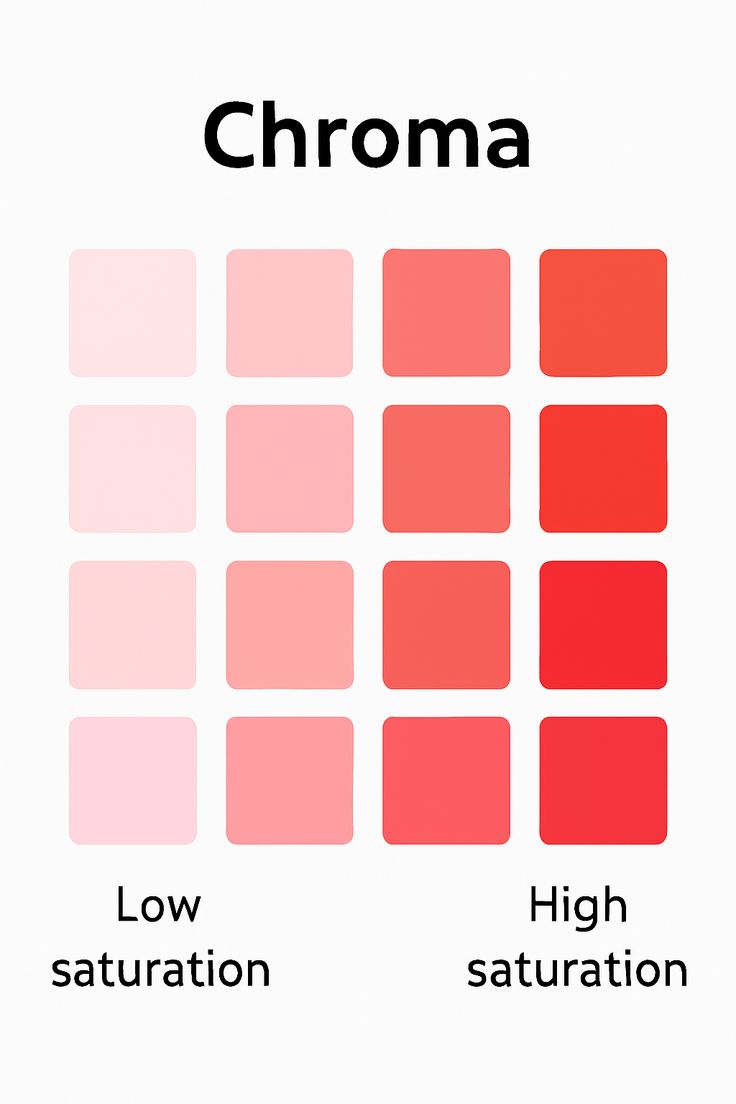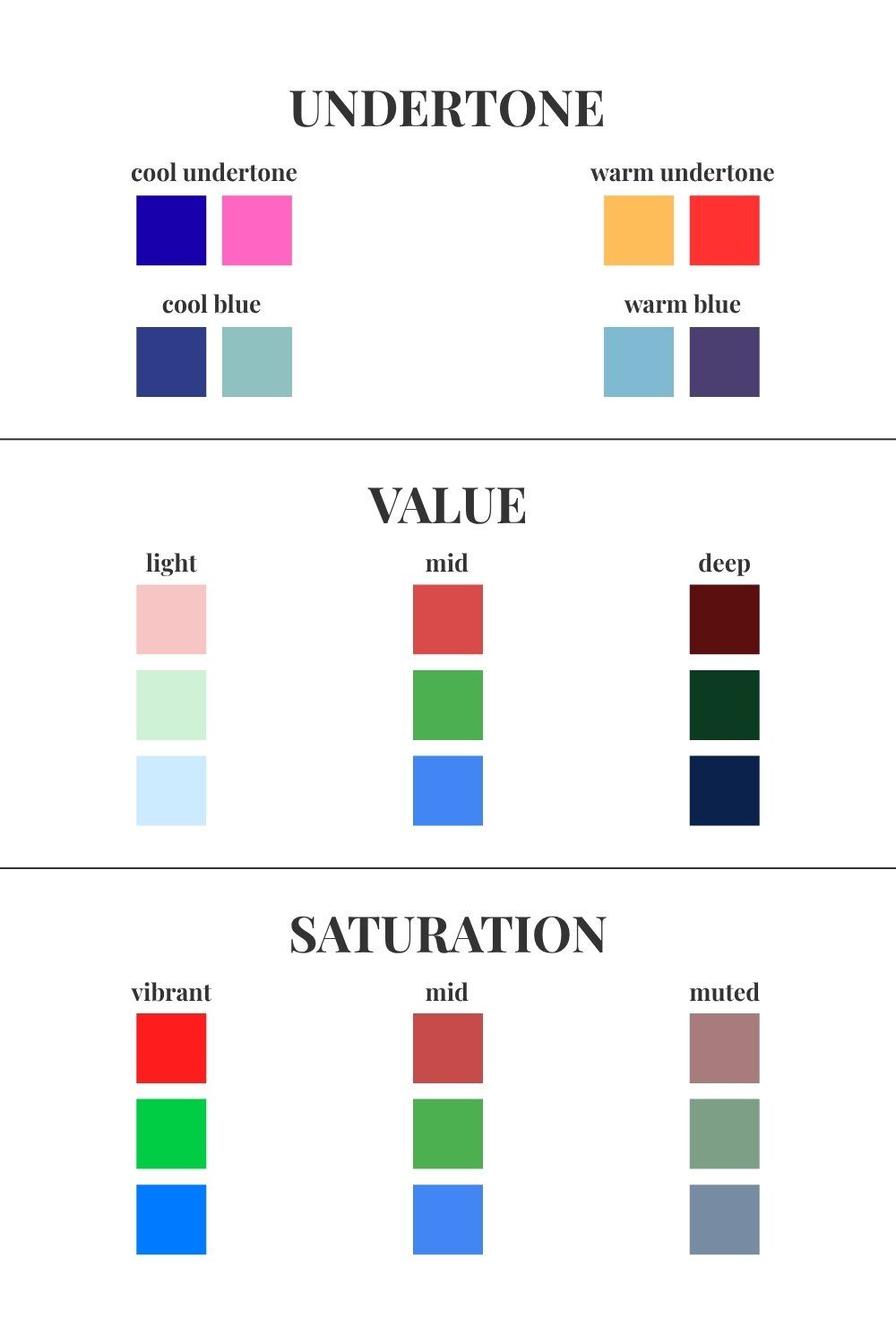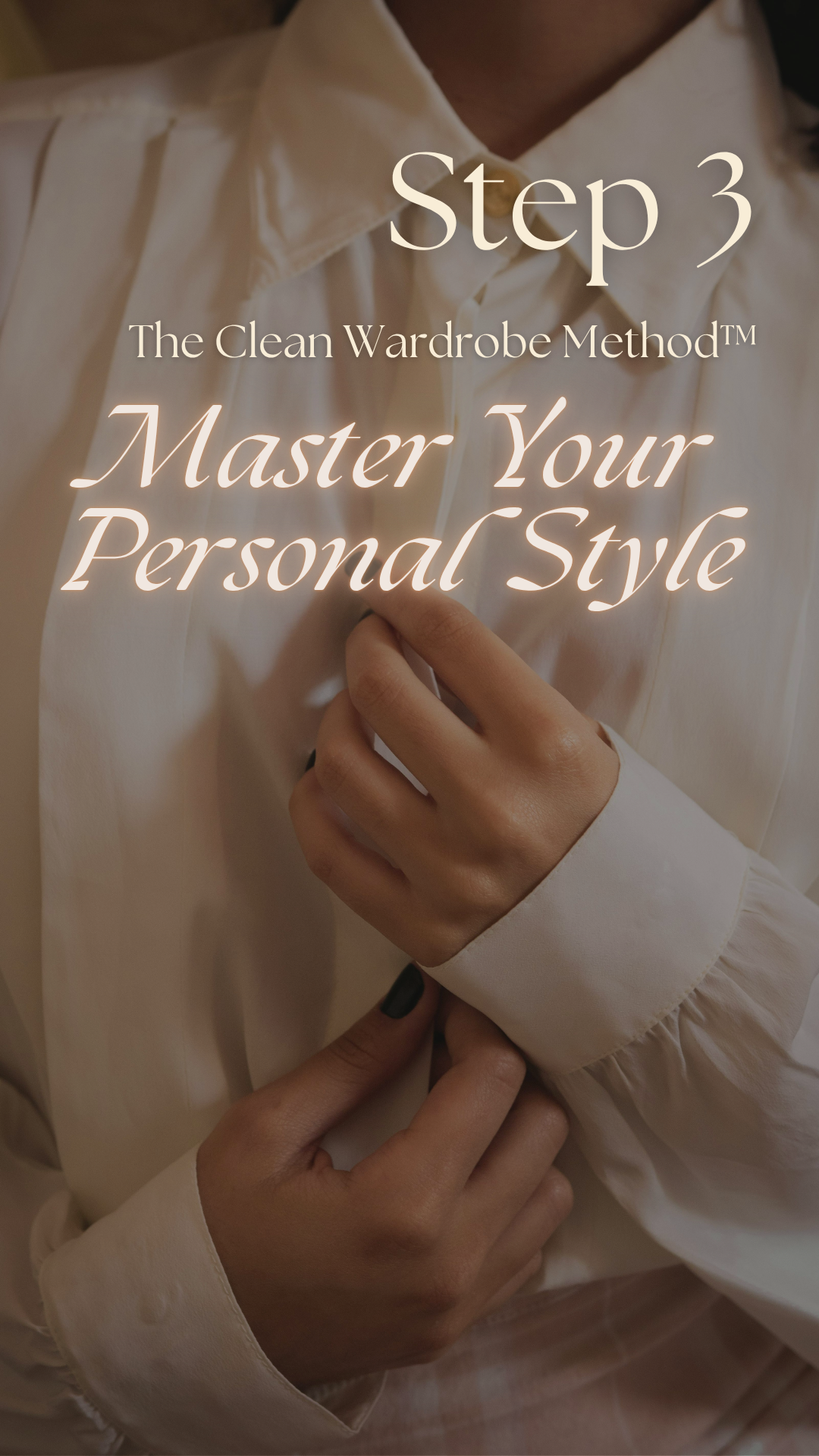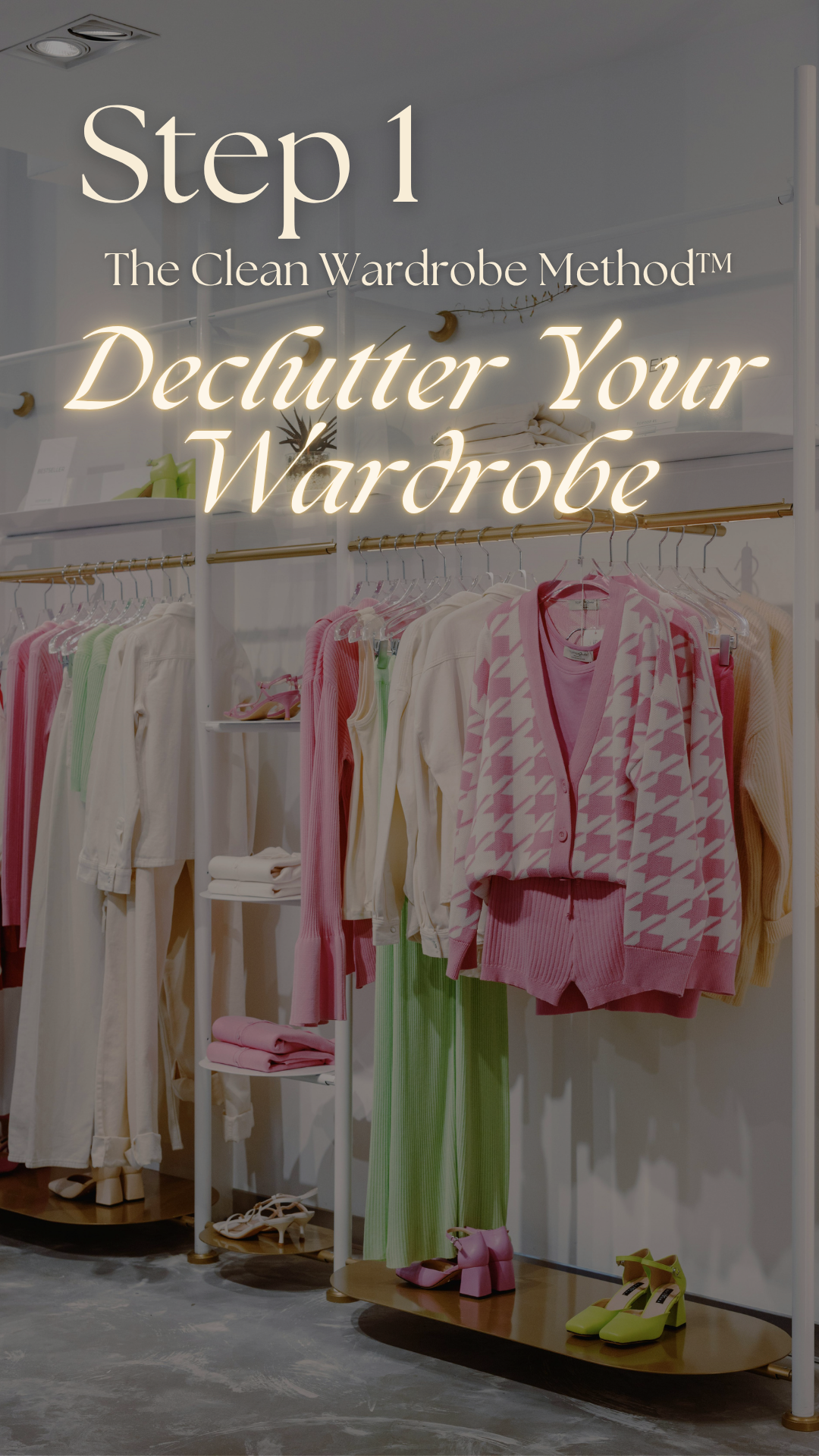The Clean Wardrobe Method™: Step 2 Master Your Colors
Step 2 of The Clean Wardrobe Method™ teaches you how to identify your undertone, choose your palette, and build outfits that work in harmony with your natural coloring.
Table of Contents
1. Master Your Colors & Everything Starts to Click
2. Why Color Mastery Matters
3. How It Works (the 4 Dimensions of Color)
4. The 12-Season System Explained
5. Find Your Signature Style
6. Complete ALL Steps of THE CLEAN WARDROBE METHOD™
7. FAQs
After decluttering your wardrobe in Step 1, you’re probably surrounded by fewer clothes but more questions.
You’ve filtered out synthetics, checked the fabrics, and kept what you actually wear. Yet when you look at the pieces that survived, something still feels off. Some colors make your skin glow while others make you look tired, even if the fit is perfect. Some tones make your eyes brighter, others make your face look pale.
That’s because not all colors love you back.
Master Your Colors & Everything Starts to Click
We’re going to look into how your natural coloring (skin, hair, eyes) are connected to the shades you wear closest to your face. Once you identify your palette, your entire wardrobe experience changes. You’ll know exactly:
- Which neutrals to build around
- Which accent colors highlight your features
- What makeup shades, hair colors, and metals complement your undertone
- How to pair colors confidently for any season
This process is part logic, part observation, and part self-awareness. The same framework stylists use when curating wardrobes for film, branding, or public figures. But we’ll do it in a way that’s personal, grounded, and timeless.
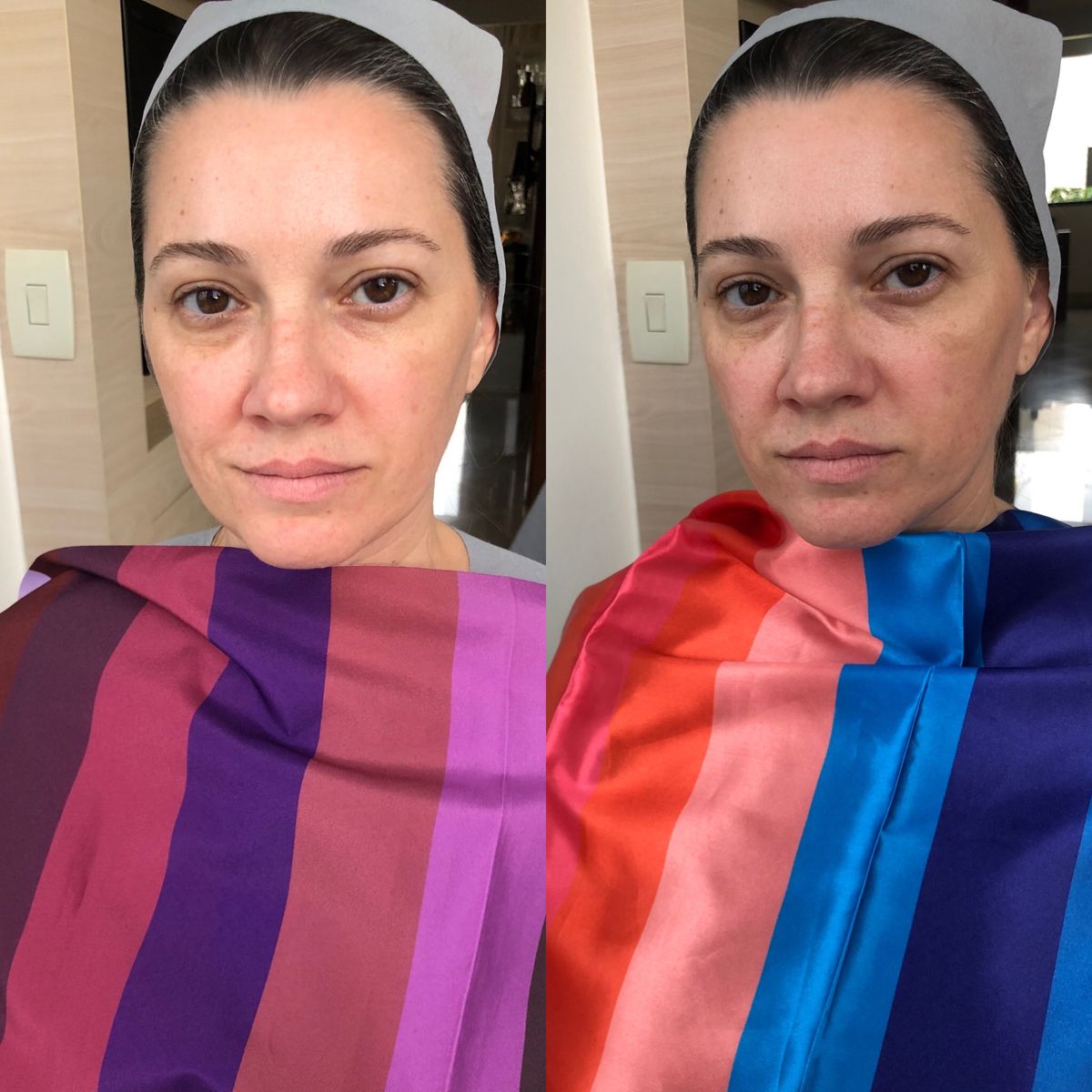
Why Color Mastery Matters
You’ve probably noticed how wearing black can look sleek on one person and flat on another. Or how the same beige blazer looks expensive on your friend but dull on you.
Your skin has a base temperature that determines how colors react against it. When you wear shades that share your undertone, everything about you looks cohesive: skin tone smooths, eyes pop, and you look “awake.” (on the left). When the undertone clashes, your features fade, and even good makeup can’t fix it (on the right).
Color analysis fixes this.
You learn how to build fewer, better outfits that always feel intentional.
How It Works (the 4 Dimensions of Color)
To understand your best colors, we look at four dimensions of your natural coloring:
1. Temperature: is your skin tone warm, cool, or neutral that leans more cool or more warm?
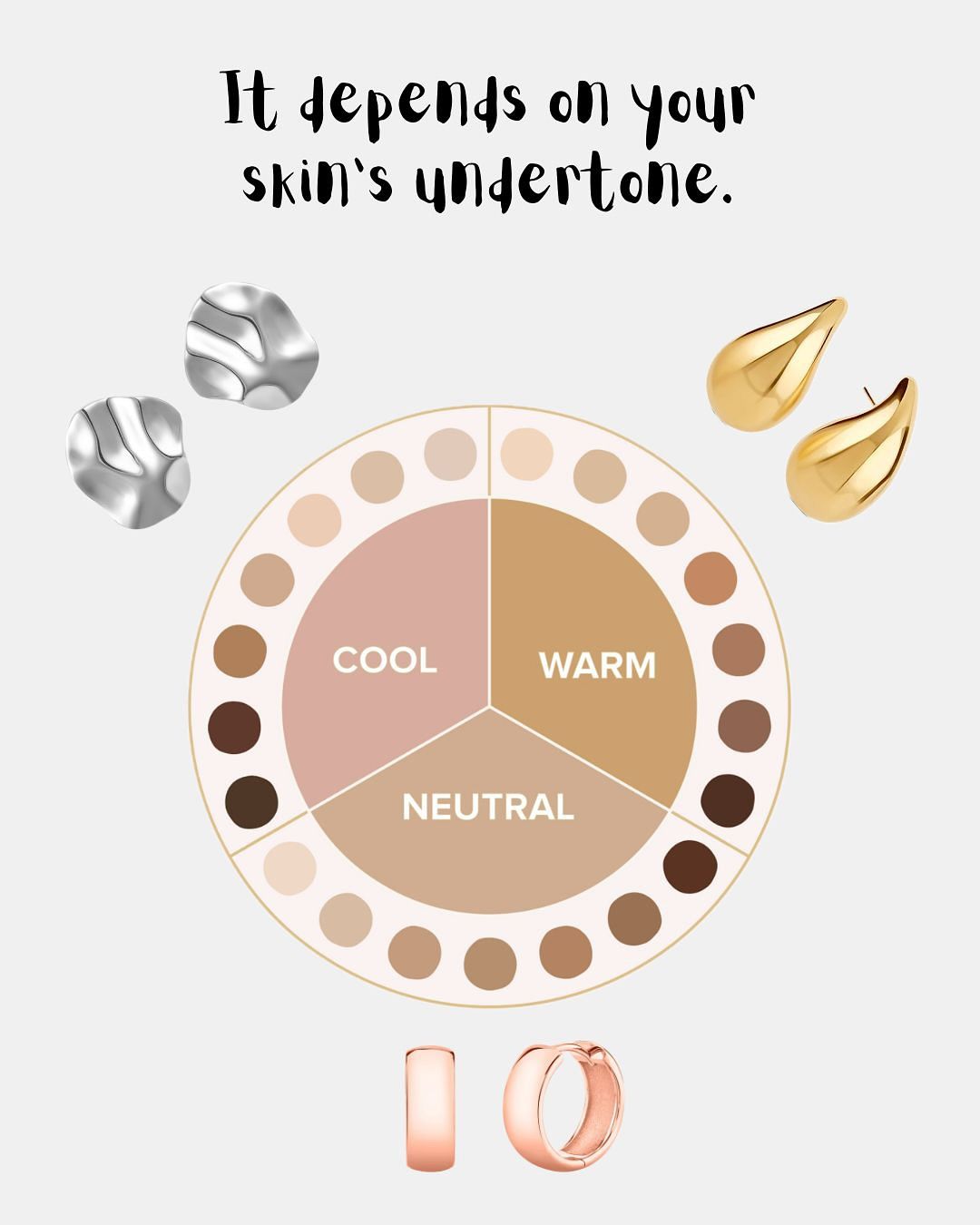
4. Contrast: what’s the difference between your hair, skin, and eyes?
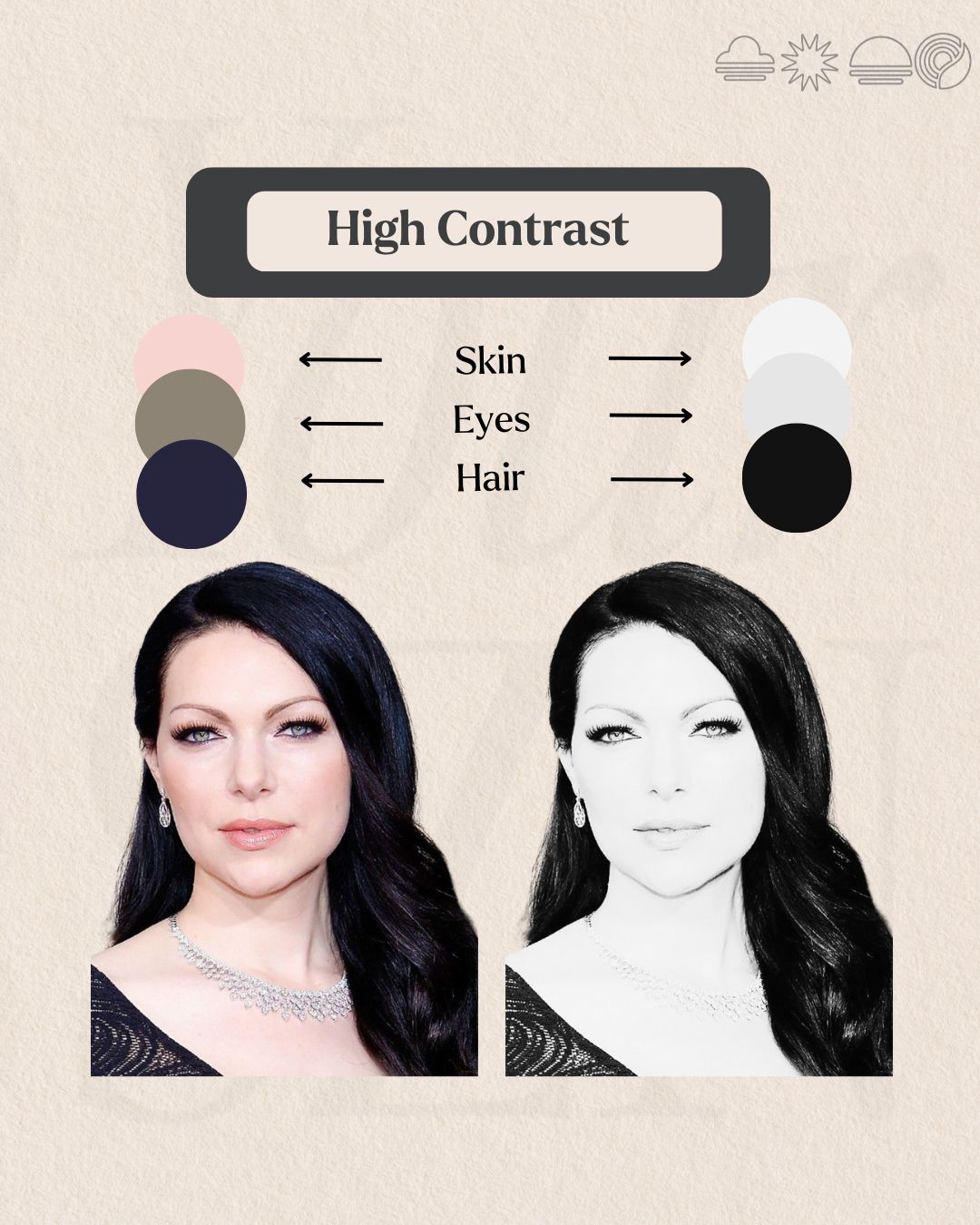
These 4 dimensions combine to place you into one of 12 seasons, your personal color family.
The 12-Season System Explained
Traditional color analysis started with 4 categories — Spring, Summer, Autumn, Winter but people are rarely that simple. Most of us sit somewhere in between, which is why the modern system expands each season into 3 subtypes.

SPRING
Springs are bright and radiant. Their skin has golden or peach undertones, and they glow in clear, lively colors. Think light aqua, coral, butter yellow, camel, ivory, and teal. They look washed out in gray or black.
SUMMER
Summers are cool and understated. Their best colors feel like air after rain — dusty, powdery, and calm. Think rose, lavender, misty blue, dove gray, and soft navy.
AUTUMN
Autumns are golden and earthy. Their palette feels like a forest in late afternoon light: camel, rust, olive, mustard, terracotta, cocoa, forest green. And glow in natural fabrics like linen, wool, suede, and age beautifully in warm tones.
WINTER
Winters have sharp contrast and cool clarity. Their best colors are bold, icy, and defined — black, pure white, navy, emerald, fuchsia, cobalt.
Find Your Signature Style
Members get the complete 5-Day Signature Style Challenge for free. It includes personalized seasonal palette pages, makeup and hair guides, wardrobe color boards, and curated ethical-brand edits that match each season.
- Day 1: Discover your personality and lifestyle reality
- Day 2: Decode your Venus and Rising signs
- Day 3: Identify your undertone and find your seasonal color
- Day 4: Learn how to build your palette
- Day 5: Integrate your palette into everyday outfits
If you’re not a member, you can still access the full challenge separately (coming soon). Either way, mastering your colors is the most transformative step in building your forever wardrobe.
Ready to be part of The Collective? Join here.
Complete ALL Steps of THE CLEAN WARDROBE METHOD™
FAQs
What is seasonal color analysis?
Seasonal color analysis is a method stylists use to find the colors that naturally complement your skin, eyes, and hair. It groups people into twelve color “seasons,” each with specific undertones, brightness, and contrast. When your clothes share the same undertone as your skin, you instantly look fresher and more balanced.
How do I know if I’m warm, cool, or neutral?
Check your skin in daylight. If gold jewelry and cream look better on you, you’re warm. If silver and pure white suit you, you’re cool. If both work, you’re likely neutral. You can also use the vein test — greenish veins mean warm, bluish or purple veins mean cool, and mixed veins usually mean neutral.
Why does knowing my color season matter?
When your wardrobe matches your natural palette, everything coordinates easily. Your skin looks healthier, makeup blends better, and you waste less money on clothes that never feel right. It’s the shortcut to effortless style.
Can my color season change over time?
Your undertone rarely changes, but your value or contrast can shift with age, hair color, or tanning. If you go significantly lighter or darker, it’s worth re-testing your palette, but your basic temperature (warm or cool) usually stays the same.
What’s included for members in Step 2?
Members get the complete 5-Day Signature Style Challenge for free. It includes personalized seasonal palette pages, makeup and hair guides, wardrobe color boards, and curated ethical-brand edits that match each season.
I’m not a member, can I still take the challenge?
Yes. You can purchase access to the full challenge separately. You’ll still receive the same lessons, and color-palette guides that help you find and apply your season.
